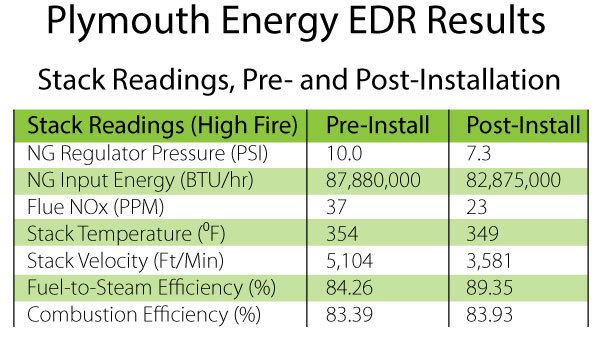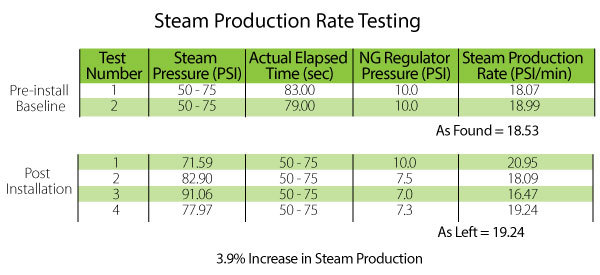New Technology Reduces Natural Gas Consumption




PHOTO: ECM
July 14, 2014
BY Ed Sanchez
Advertisement
Advertisement
Related Stories
Aemetis Inc. released Q1 results on May 8, reporting increased biogas production, progress with efficiency improvements at the Keyes ethanol plant, and resumed biodiesel deliveries. Financing activities are also underway for a proposed SAF project.
The RFA on May 13 announced the addition of Nelson Baker Biotech and Verdova as new associate members. Their expertise in biotech engineering solutions and field-level agricultural data strengthens RFA’s efforts to advance renewable fuels.
Wheels Up Experience Inc. on May 6 announced the launch of its new SAF program, under which Wheels Up will partner with Delta Air Lines to purchase SAF, allowing private fliers to participate regardless of their flight operator or departure airport.
Leveraging a combined 200 years of experience, RCM - Thermal Kinetics’ engineers empower ethanol producers to improve energy efficiency.
The industry’s maintenance managers will come together later this summer to learn, network and troubleshoot shared challenges at the annual Team M3 Meeting.




